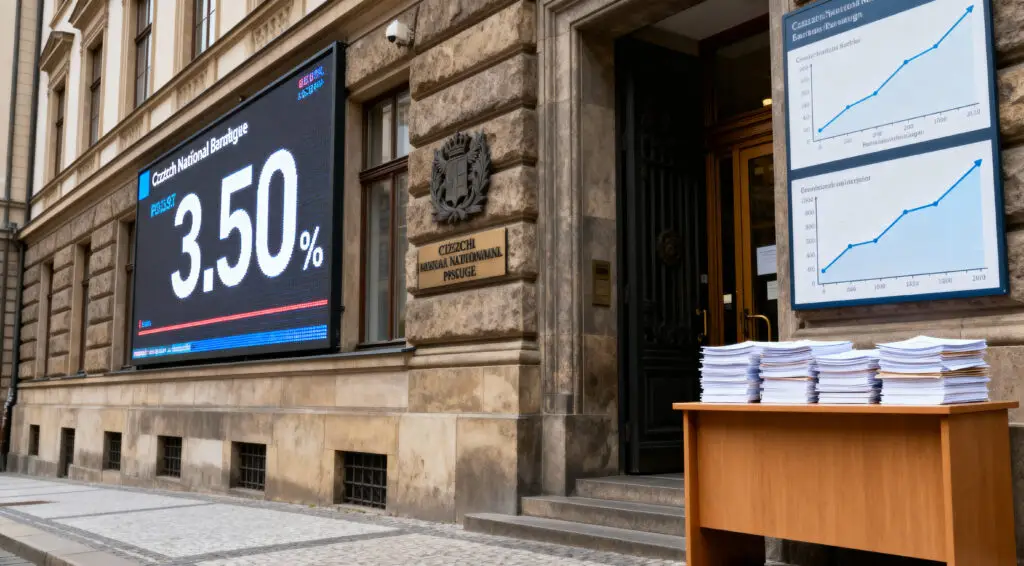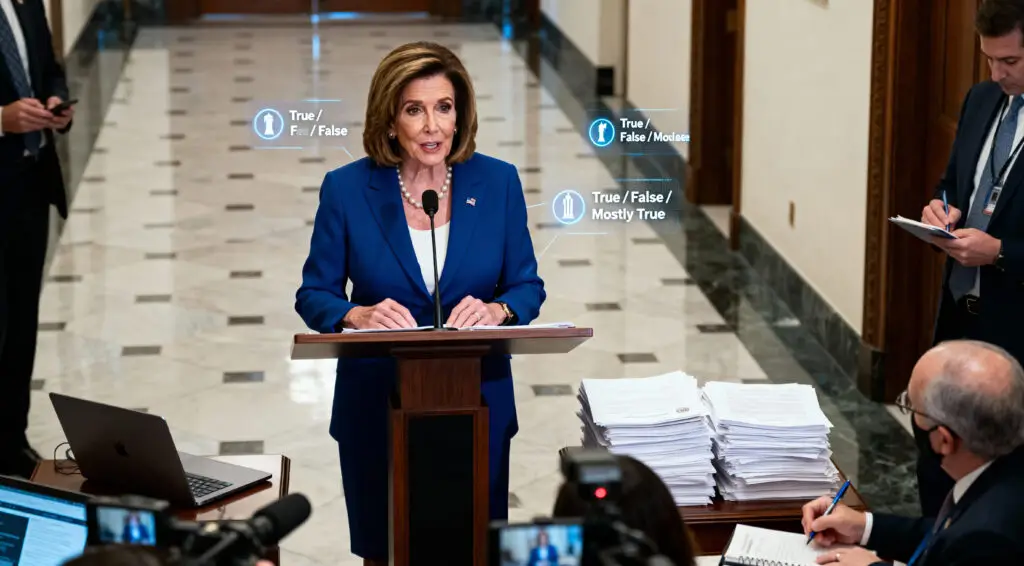Bolivia‘s central bank has confirmed a dramatic surge in digital asset transactions, revealing a staggering 530% increase in crypto activity. This uptick comes as more Bolivians are increasingly turning to cryptocurrency exchanges like Binance and stablecoins such as Tether. Faced with a severe shortage of U.S. dollars and soaring inflation, savers are actively seeking alternatives to protect their diminishing purchasing power, making digital assets a crucial hedge in a deepening economic crisis.
Crypto Transactions Explode Amidst Currency Woes
Bolivia’s central bank recently confirmed a dramatic uptick in digital asset transactions, signaling a significant shift in the nation’s financial landscape. Figures released on Friday showed that transactions using Electronic Payment Channels and Instruments for Virtual Assets (VA) soared by over 530%. This jump, from $46.5 million in the first half of 2024 to $294 million in the same period of 2025, underscores a rapid embrace of cryptocurrencies by the population.
Bolivians Seek Refuge in Digital Currencies
The surge in crypto adoption is a direct response to Bolivia’s escalating economic challenges, particularly a severe shortage of U.S. dollars and persistent high inflation. Citizens are increasingly turning to digital currencies as a practical solution to protect their savings. This trend highlights a growing lack of confidence in the local boliviano currency, which has lost half its value on the black market this year despite government intervention to maintain an artificial official exchange rate.
Crypto Facilitates Essential Transactions
The central bank acknowledged that these digital tools have significantly facilitated access to foreign currency transactions for the populace. This includes critical financial activities such as remittances, small purchases, and various payments. The bank noted that this accessibility has particularly benefited micro and small business owners across diverse sectors, as well as families nationwide, providing a vital alternative in a constrained economic environment.
From Outlawed to Rapid Adoption
Remarkably, cryptocurrencies were outlawed in Bolivia until June of last year. Since the ban was lifted, the country has witnessed an extraordinary surge in digital asset activity. The central bank reported that transaction volumes reached an impressive $430 million across more than 10,000 individual operations, with monthly transactions hitting a record $68 million in May alone. This rapid adoption demonstrates a strong underlying demand for crypto services once legal barriers were removed.
Crafting a Comprehensive Regulatory Framework
In response to the growing crypto activity, the Bolivian government is actively working on developing a “comprehensive regulatory framework for financial technology companies.” The central bank stated that this framework aims to align with international standards, specifically those set by the Financial Action Task Force of Latin America (GAFILAT). This legislative effort indicates a move towards formalizing and integrating digital assets into the national financial system, ensuring oversight and stability.
Deepening Economic Crisis Fuels Digital Alternatives
Bolivians are grappling with an acute economic crisis marked by near-zero dollar reserves and inflation at 40-year highs. The scarcity of foreign currency has led to pervasive fuel shortages, resulting in long lines at gas pumps across the country. This dire economic situation has compelled citizens to actively seek out alternatives to traditional financial instruments, with cryptocurrencies emerging as a prominent solution for protecting savings and facilitating transactions.
Bolivar’s Decline and the Search for Hedges
The local boliviano currency has experienced a significant depreciation, losing half its value on the black market this year. This sharp decline, despite the government’s efforts to maintain an artificially steady official exchange rate, has eroded the purchasing power of households. Consequently, more Bolivians are exploring digital offerings as a hedge against further currency devaluation, even as economists caution about the inherent risks associated with these volatile assets.
Expert Warnings: A Sign of Instability
While crypto proponents advocate for blockchain-based tokens as a solution to the currency woes, economists offer a more cautious perspective. Former central bank head Jose Gabriel Espinoza warned that the uptick in crypto transactions “isn’t a sign of stability.” Instead, he views it as “more a reflection of the deteriorating purchasing power of households,” underscoring that the surge in crypto adoption is a symptom of underlying economic instability rather than a definitive solution.























